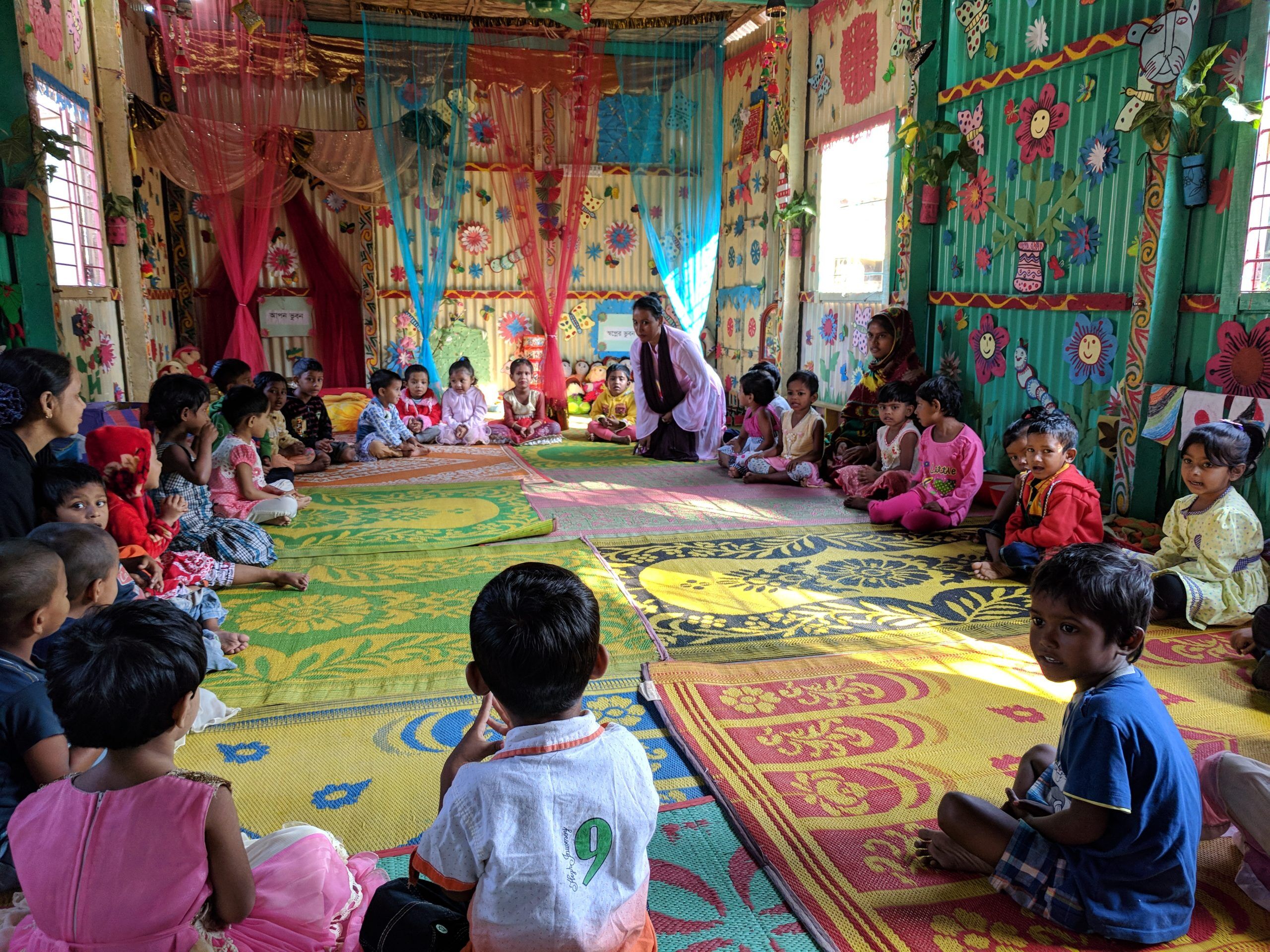What Makes Lean Impact Harder: Top 10 Challenges for Social Innovation

The Lean Startup has helped businesses of all stripes manage risk and maximize their potential by listening to customers, running experiments, and driving fast feedback loops. Nowhere do we find bigger problems and greater uncertainty than in efforts to tackle the most intractable challenges facing people and our planet. So, why does it seem like adoption of Lean Startup for social good has lagged?
The need is real, but a number of unique dynamics conspire to make social innovation harder. By recognizing and navigating these obstacles, we can deliver far more effective solutions at far greater scale. We have a responsibility to society to do more.
The nature of funding poses the single greatest challenge. While companies are built on flexible financing from equity, debt, and revenues, most mission-driven organizations depend at least in part on donors. Their interests, requirements, and limitations are the source of the first five challenges:
“The nature of funding is one of the greatest barriers to lean for social good. Traditional donors tend to require detailed plans, predictable results, and limited flexibility - the exact opposite of what is needed for innovation.”… Share on X1. Two Customers. The need to satisfy two entirely different categories of customers—beneficiaries and funders—makes it more difficult to create tight feedback loops. Not only are we missing the valuable signal that willingness to pay provides, but funders may also have idiosyncratic priorities that are at odds with the optimal path to impact.
2. Enforced Waterfall. Many institutional donors require a detailed design up-front, followed by implementation that adheres faithfully to that plan. Of course, this is the opposite of the early testing and fast iteration that are at the heart of lean approaches. As we know, we’re unlikely to identify the best solution on the first try.
3. Constraint Mindset. In contrast to the Silicon Valley tendency to think big and aim for “hockey stick” growth, nonprofits tend to plan within the constraints of available funds or the parameters of a grant proposal. The result is a low-risk, conservative approach that achieves slow, linear growth at best.
4. Silos. Donors tend to focus on silos—by sector, geography, or demographic—making solutions that cross such boundaries difficult to deploy. Organizations can twist themselves into a pretzel to satisfy the divergent requirements placed on them by each of their funding streams.
5. Tight Overhead. Both individual donors and foundations tend to associate low “overhead” costs with effectiveness. While we certainly want to avoid waste, excessive focus on non-program expenses can be short-sighted and prevent investments that can drive long-term growth such as research & development, staff training, and productivity enhancing tools.
Beyond the perverse incentives that can arise from donor funding, a number of additional complexities are inherent to social innovation:
6. Three Hypotheses. In business, we run experiments to validate the value hypothesis and the growth hypothesis. For social innovation, we also need to consider a third, the impact hypothesis. That is, does a solution effectively address the social or environmental problem at hand? To make a meaningful difference, we need to deliver on all three.
7. Measuring Impact. Quantifying impact is much harder than counting e-commerce transactions. Some results can take years, or even decades to fully realize. But, validation doesn’t have to be an all or nothing choice. We can take smaller steps to reduce risk by testing early indicators for our theory of change.
8. Cultural Barriers. Mission-driven work frequently serves disadvantaged populations whose needs, cultures, and experiences may be nothing like our own. Thus, our instincts for both understanding problems and identifying solutions can be misleading. More care must be taken to bridge cultural divides and inherent power dynamics.
9. Market & Policy Failures. Social change is most needed when both markets and governments have failed. This can require working across sectors, establishing missing channels, and addressing multiple forms of injustice—far beyond the scope of a typical product or service.
10. Responsible Experimentation. The Silicon Valley attitude of “move fast and break things” must be more carefully considered when working with marginalized populations. To handle risks responsibly, it becomes even more important to start small.
“Quantifying impact is much harder than counting e-commerce transactions. Some results can take years, or even decades to fully realize.” -@annmei Share on XDespite these challenges, more and more nonprofits, social enterprises, triple bottom-line companies, foundations, government donors, and impact investors have adopted Lean Startup principles for purpose rather than profits. And, they’re seeing results. Over the coming months, stay tuned to this blog to read stories, tips, and lessons learned from some of the most inspiring trailblazers. If you have an example to contribute, please send a brief description to [email protected].
Thank you to Ann Mei Chang for contributing this piece. Her book, LEAN IMPACT: How to Innovate for Radically Greater Social Good, will be released this fall. You can learn more at www.leanimpact.org and pre-order your copy here.
